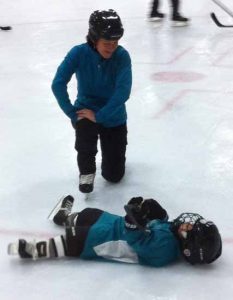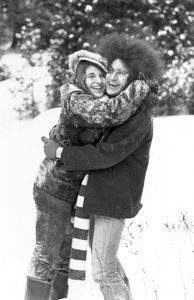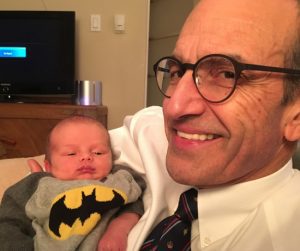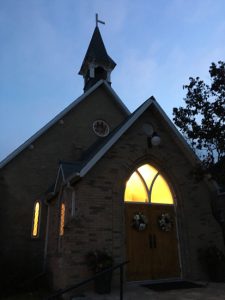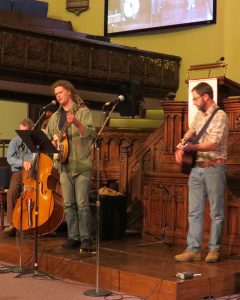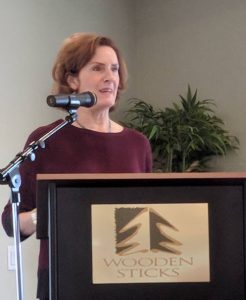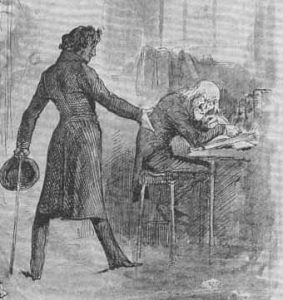
The new year brings annual habits. Some of my friends are already eating crow about their promises to eat less, workout more and save somewhere in between. Others are still writing cheques (remember them?) with 2017 in the date box. Me? Well, I ran into my annual problem, especially at the franchise stationery shop.
“Do you have any ledgers?” I asked the clerk.
“You mean like lined-paper ledgers?” she said as if I had just asked her to fix my typewriter, give me a roll of pennies or fill ’er up. Then, she shook her head unsympathetically and I realized this was a no-go. (more…)
